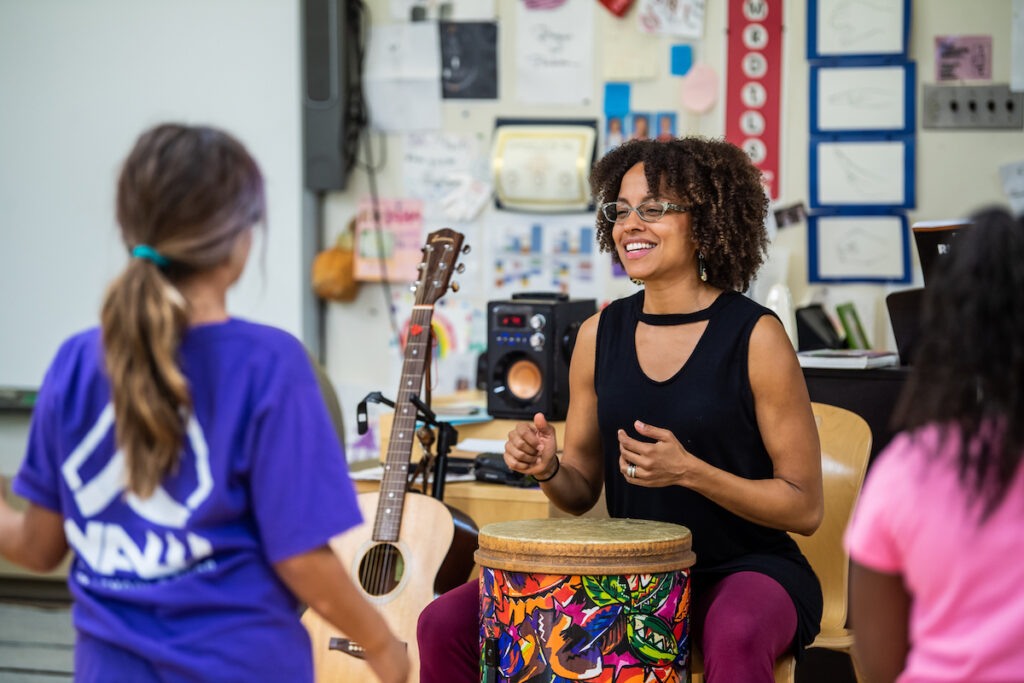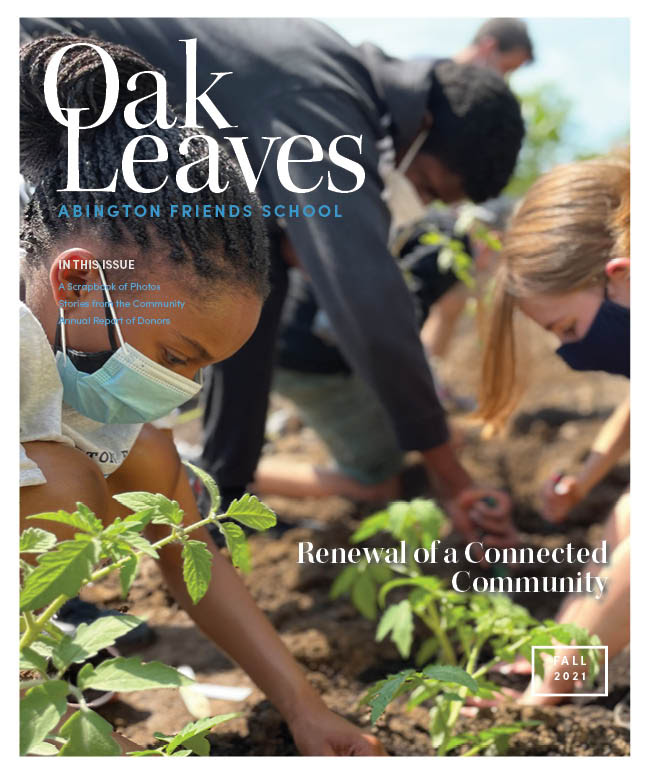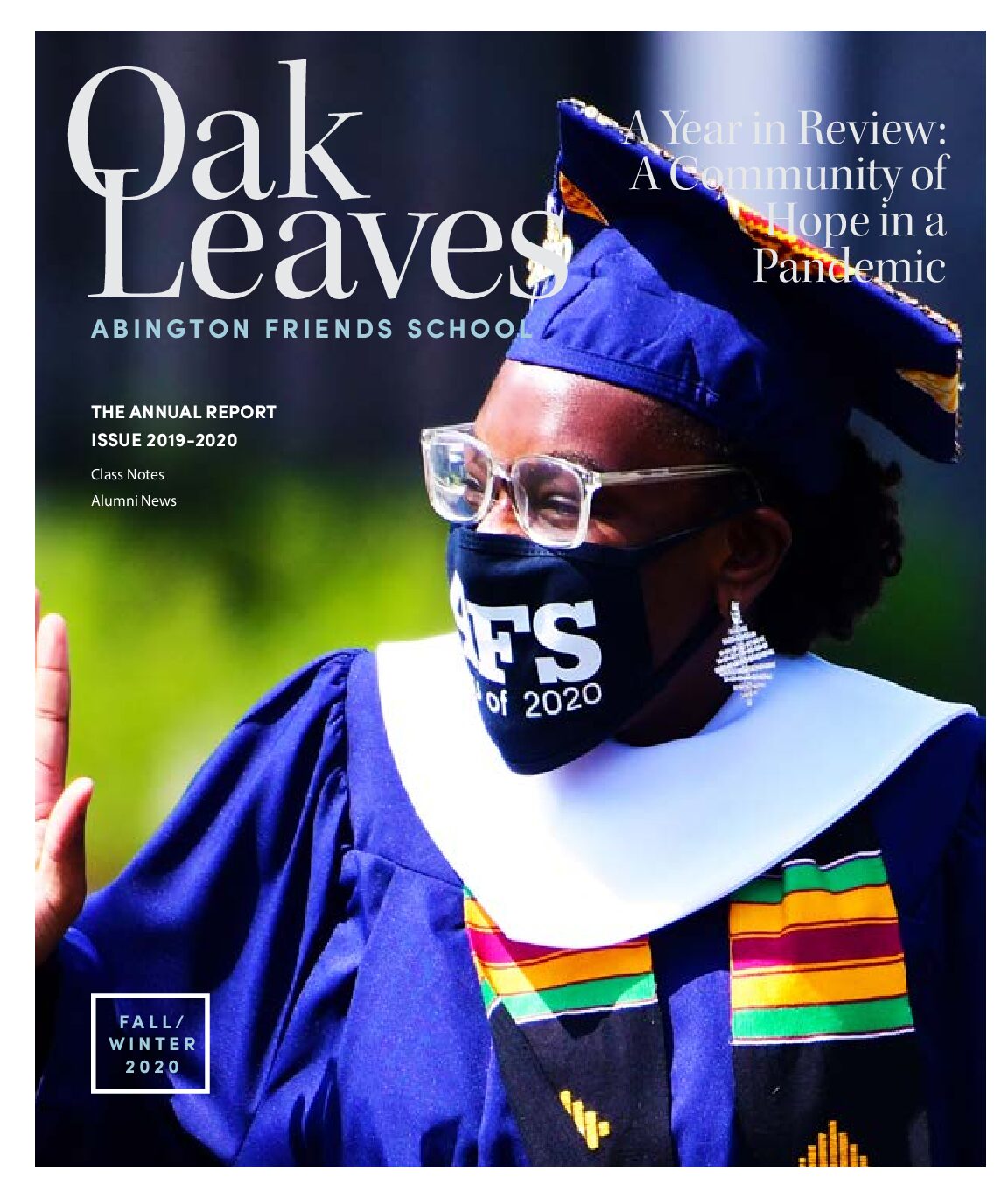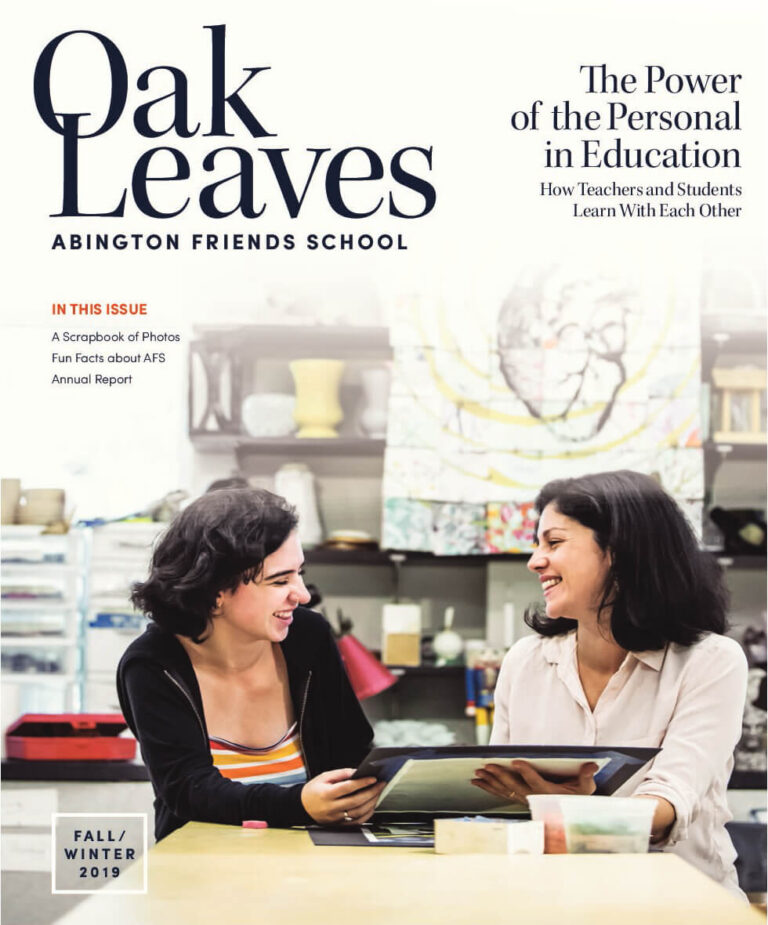Strategic Theme: Resourceful Independence
Cultivate Resilience, Independence and Resourcefulness
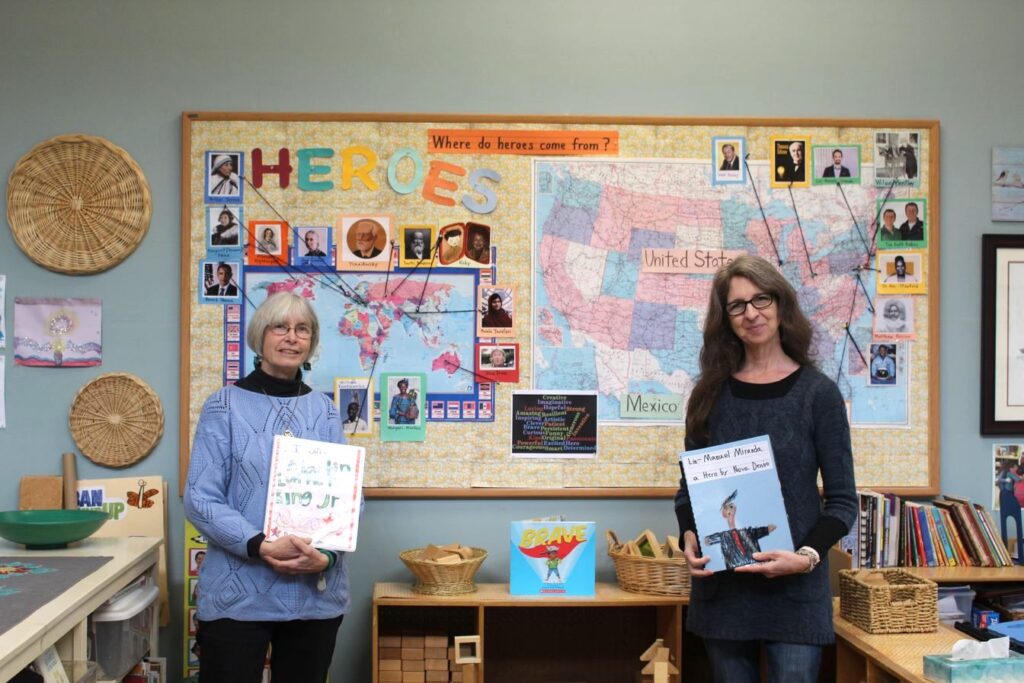
A big piece of early childhood education is getting to know oneself and one’s place in the world. Seasoned AFS first-grade teachers Susan Arteaga and Kathy Lopez know this well.
“In first grade, we meet our students where they are and with what they bring to the class,” says Lopez, who has been teaching for 36 years and retires this year. She was four years old when she announced that she was going to grow up and become a kindergarten teacher. Arteaga, too, had big plans to teach little people ever since she was a child herself.
“I have always been driven to teach young children for as long as I can remember. ,” says Arteaga, who has been teaching for more than 30 years. “I used to play school with stuffed animals and neighborhood kids. Witnessing and nurturing their natural curiosity and awe of learning has always been a beautiful thing!”
Arteaga and Lopez spend a lot of time getting to know their students.
“We find out who the kids are as learners, help them find their voices, and establish some self-confidence to help them navigate through the curriculum pieces,” says Lopez.
For children to be able to learn academics, however, they first have to feel like they belong in the classroom and in the school.
“They have to feel safe, they have to feel known, and they have to feel loved,” says Arteaga.
This is why in first grade, teachers talk about community and the fact that they are all on the same team.
“As a team, they’re putting their energy towards the same goal, learning and growing together,” Arteaga says. Family members are a part of that team, which is why they are invited to visit classrooms and join on field trips and special events. As for belonging, students at AFS not only feel like they are a part of their classroom but also the entire AFS community, and that’s key.
“I love when we’re going to gym class and my students are high-fiving kids in middle school and greeting students in upper school,” says Lopez. “When you’re noticed and appreciated, there’s that sense that you’re a part of this bigger picture.”
Experiential learning is another crucial element to primary education given that students learn in such different ways. Some are auditory learners, others are visual learners. Learning by doing, however, makes the learning process personal and authentic.
“It also makes it very real to them,” says Lopez. “They internalize [the subject] when they are hands-on in the nitty-gritty of their learning. And [what they learn] stays with them longer.”
Arteaga recalls a lesson she taught in which the class worked in teams to take measurements in order to create levers and seesaws.
“They were not learning in isolation. They were learning in community. They were learning in partnership. They were learning by trial-and-error,” she says. “That’s real life.”
One student decided to experiment with trajectory creating a catapult, to see if he could hit the ceiling. Another student piped in that they could only get to a certain height. That’s when they noticed the varied heights of the ceiling so they reorganized the position of their catapults.
“I just feel like they got more out of that than [if they had done]a bunch of worksheets,” says Arteaga. “This is real-world, real-life experiences that make it so authentic and meaningful”.
As students were calculating, measuring and predicting, Arteaga was giddy remembering their joy.
“It was so inspiring to hear their level of excitement and the way that they would start to question each other,” says Arteaga, who videotaped some of the interactions to share with parents so they could witness the joy of experiential learning.
As for measuring student success in first grade, Lopez and Arteaga think well beyond simply the tangible aspect of academics. Instead, they consider emotional success to be the most important realm.
“Seeing them grow as a learner [by] be[ing] able and willing to take risks [is huge,]” says Lopez, because for a lot of kids, that’s really hard to do. “Over the years, I’ve had some very quiet kids and [it can be challenging to] find the way in to help make that connection where they can actually find their voice.” This is why success is not measured solely by academics.
“To me, the social [aspect] is the biggest measure of success—when I feel like I see that child coming into who they are,” says Lopez.
Arteaga loves it when her first-graders begin to reflect back and recognize something they can do now that they couldn’t before.
“That self-reflection is really empowering,” says Arteaga. “There’s joy and confidence that comes from that growth and the pride of those accomplishments.”
Social-emotional learning is an integral part of the first-grade classroom because growth focuses around building resilience, independence, and resourcefulness.
“First-graders tend to find worth by comparing themselves with how they fit in, but it’s important for them to understand and learn that they’re all coming with different gifts, talents, strengths, needs, and goals,” says Arteaga, noting that they also have to be okay with failing. “It’s all about developing stamina, resiliency and inner strength.”
It’s hard when you’re six or seven years old because there’s a lot you don’t know and haven’t yet experienced. At the same time, first-graders know way more than they give themselves credit for, which is why Lopez and Arteaga make sure to document students’ thoughts and words to both acknowledge and honor what they bring to the table. For instance, they do a “heroes on the wall” project in which students are asked to share someone they admire and why.
“Some of their heroes are people I’ve never heard of before,” says Lopez. “They inspire me to want to learn more!”
And let’s be real. As adults, we are always learning from children as sometimes it’s the youngest generation who makes the most poignant, awe-inspiring connections. Case in point: one day Arteaga’s class read a story about a child who was being teased, and a student connected the dots and said, “Bullying is just like COVID. You have to stop it before it spreads.”
Arteaga thought, “Oh, my gosh! What a brilliant connection!” And then the class engaged in a conversation about how to handle teasing situations with care and compassion.”
This is why being a lifelong learner is such a great thing. It means that you’re never finished learning…and therein lies the beauty.
This is why being a lifelong learner is such a great thing. It means that you’re never finished learning…and therein lies the beauty.
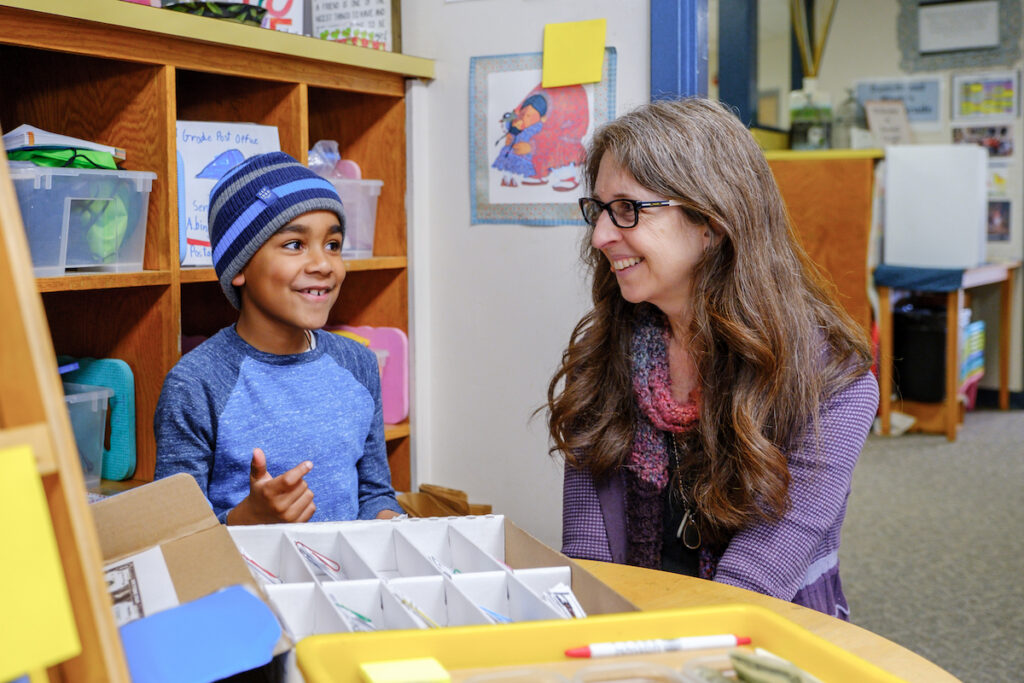
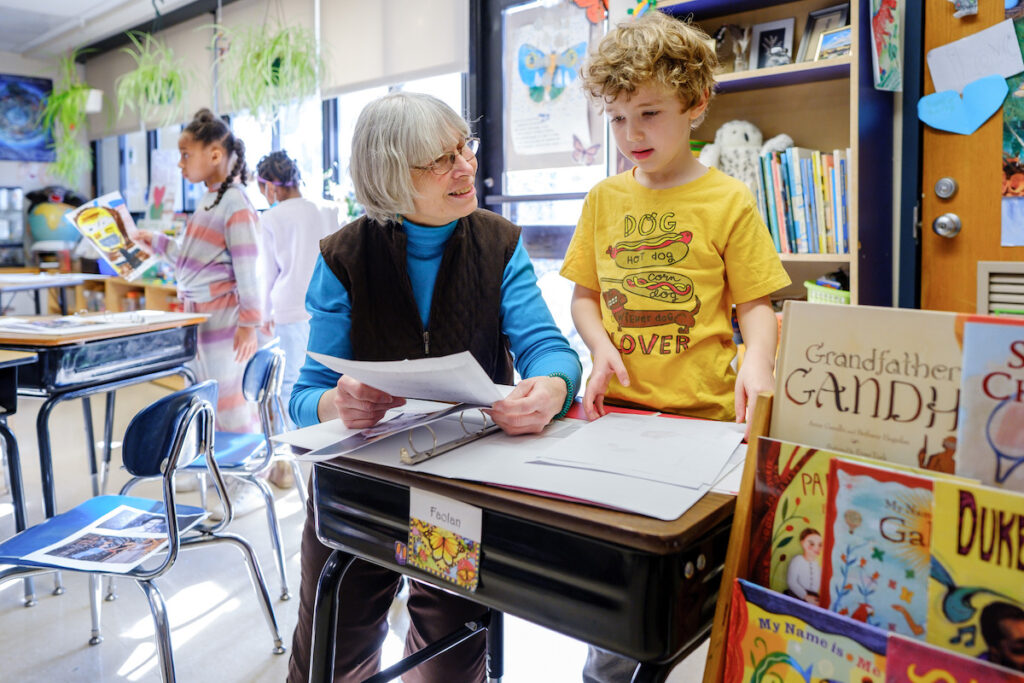
Try, Try Again: The Best Kind of Challenge
by Keisha Hirlinger P’26 P’29, AFS Lower School Music Teacher
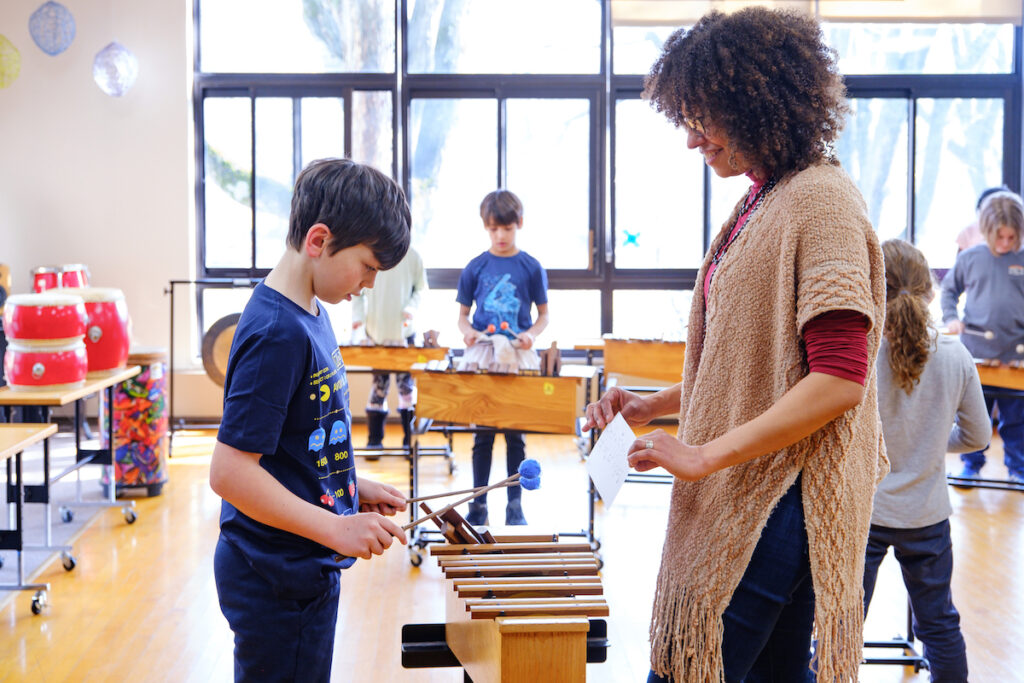
“Mistakes are proof that you’re trying.”
“Progress, not perfection.”
“The expert in anything was once a beginner.”
“Be kind to yourself.”
I searched for these affirmations for my students to hang around my classroom to remind them that everything is a process and that mistakes are a part of growing and learning. Through it all, we must be gentle with ourselves.
Several weeks ago, I presented my fourth-graders with a challenge when they arrived at music class. I told them that we’re going to learn a new folk dance and that this one was going to be more challenging than the ones they had learned previously. I explained that it was going to be messy and imperfect but that if they gave themselves a chance, they would feel they had accomplished something amazing by the end.
We practiced the dance slowly, in parts at first, reviewing it several times. By the middle of the lesson, everyone started to get it. Over the course of the next few lessons, we continued to revisit the dance, reviewing, practicing, making mistakes and starting again. All the while, I reminded them that this was the frustration that I talked about and that these were the mistakes I told them would come.
My students knew I wasn’t going to give up or stop just because it was getting hard. After a few lessons, they got it. At the end of class, students smiled with pride in themselves and one another, and we reflected on how this is something they can take with them outside of the music room. When they’re having a difficult conversation with a friend, are muscling through a math problem, or struggling to find the right word for a writing assignment, they can remember that they can and have done hard things.
There are multiple ways in which a student can demonstrate their knowledge and take risks in music class, whether it’s singing in a call-and-response with a teacher or echoing a rhythmic pattern on a percussion instrument. It might be creating something on the spot, improvising, using specific rhythms or creating a tune for a class composition. All of this takes courage, and each student is bringing something unique and special with them when they arrive in my classroom. While we might arrive at the same place at the end, we do not always follow the same path or share the same timeline. And all of this is welcomed and supported. What I hope is that every student feels seen and heard in my space and safe to bring their whole selves to my room. This relies both on my support of my students as an educator and a school culture that invites experimentation, risk-taking and making mistakes.
I tell my students that I don’t expect perfection, but I expect their best effort. I make mistakes and name those mistakes out loud in front of them so that they know I’m also learning, working and trying. I also give my students opportunities to experiment, whether it’s creating those improvised rhythms in second grade or creating their own compositions and figuring out what notes to use on the xylophone in fourth grade. I provide opportunities for them to experiment through trial-and-error, starting and failing, and trying again. All the while, I remind them that this is all a part of the journey to getting to where they want to go. This gives students a real sense of autonomy, ownership and pride.
I feel the most accomplished and proud when my students no longer need me, whether that’s singing a song on their own and getting that tricky entrance or playing an entire piece without me reminding them of anything. Our classrooms are microcosms of the workplaces that they might find themselves in as adults. How will they hear other people’s ideas? How will they manage their frustration when they do not see eye-to-eye with a collaborator? How can they put the project and the collective well-being at the center so that their group and ensemble is successful? These are the kinds of skills I have seen develop both with delight and awe from as young as 8 years old in my space. It’s these kinds of interactions and skills that give me hope for the leaders and peacemakers of tomorrow.
When I envision the future of our school, I see a community that’s committed to inclusivity and belonging at its core that radiates and resonates systemically through every aspect of the school. From the ways in which we create schedules, to intentional breaks, moments of silence and reflection, places for real restorative justice and conflict resolution. AFS is full of spaces where deep and meaningful collaboration, learning and discernment can take place. It is a place where we make time for the real intentional work of social justice that will lay the foundation, be the bedrock of our institution and from where we draw our commitment to providing an education that feels like it is made for and by all.
If we can approach the future of AFS with the same mindset we encourage in our students, one of growing curiosity, wonder, resilience, and the courage to fail and try again, then I think we are poised to meet the future with a great deal of strength and possibility.
